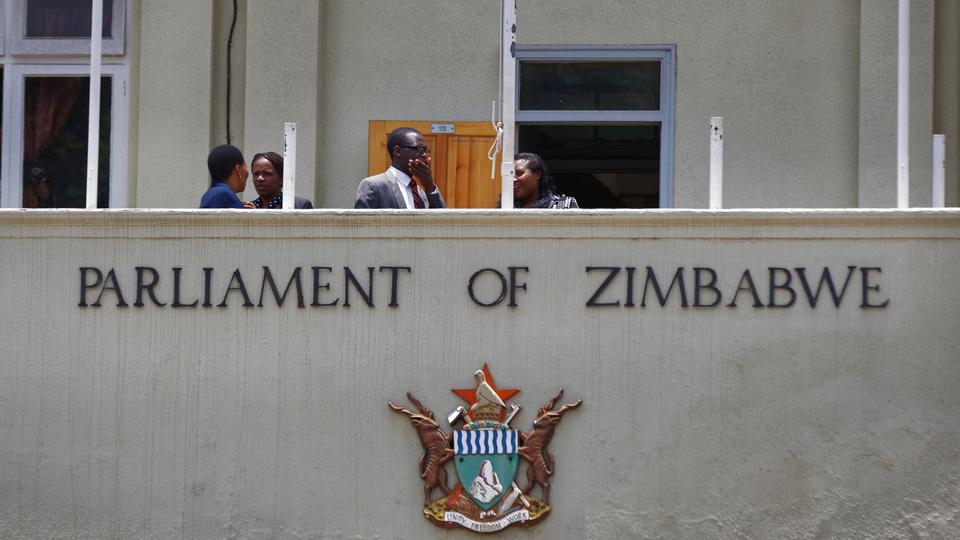
BY MTHANDAZO NYONI
ZIMBABWE’S livestock sector could earn about $1,5 million annually from the exportation of low-grade cattle hides, a report has revealed.
“The bulk of Zimbabwe’s hides — 70% of gross supplies from monitored abattoirs and rural slaughters — are of low-quality and presently are literally going to waste yet there is an active second-tier world market for low-grade lower-priced hides in South Africa and Asia targeting the mass leather goods market and production of gelatinous product for the global food processing industry,” reads part of the document prepared by Livestock and Meat Advisory Council (LMAC) economist, Reneth Mano.
The report notes that export margins for these low-grade hides were often razor-thin and unprofitable for export merchants from developing countries.
“Exporting low-grade hides is commercially viable when producers — abattoirs/rural butcheries/farmers — aggregate their salted raw hides for direct export trading with wholesale agents in targeted importing countries such as South Africa and China.
“Exporting our annual stocks of 280 000 pieces of low-grade bovine hides, Zimbabwe’s livestock sector can potentially earn an additional $1,5 million annually from low-grade bovine hides.”
According to LMAC, Zimbabwe’s beef industry slaughters an estimated 400 000 cattle every year and the monitored commercial abattoirs accounts for between 265 000 and 280 000 slaughters which constitute the primary supply of tradable hides.
Rural butcheries account for the remaining 120 000 to 135 000 slaughters.
- Chamisa under fire over US$120K donation
- Mavhunga puts DeMbare into Chibuku quarterfinals
- Pension funds bet on Cabora Bassa oilfields
- Councils defy govt fire tender directive
Keep Reading
Presently, Zimbabwe is earning just $1,22 million from exporting 1 400 tonnes of high-quality hides, according to the country’s statistics agency.
But the story is expected to change now following government’s policy shift to allow the exportation of raw hides.
Early this year, government, through the Finance ministry, granted an export tax relief to registered raw hide merchants, as it moved to reduce the amount of un-beneficiated leather raw materials that were going to waste.
Local hides exporting merchants estimate that between 25% and 30% of Zimbabwe’s raw hides are readily exportable because they meet the global quality standards for the automobile upholstery market.
“Due to technological and high operating cost and shortages of foreign currency, local tanneries are severely encumbered in terms of cost-competitiveness and product quality,” Mano said.
To remain competitive, major export-oriented local leather shoe-manufacturing companies were presently relying on imports of quality-certified leather for making quality-assured shoes and military boots for the SADC market.
“Thus effective domestic demand for hides for tanning into finished leather has become very small and limited to small and medium enterprises making artisanal leather shoes, bags and apparels for a very small niche export market,” he said.
At the moment, domestic demand is limited to export-quality hides accounting for 25% to 30% of supplies from monitored abattoirs (2 000 to 3 500 tonnes).
Actual exports of high quality hides in raw and tanned state have sharply fallen by 50% to only 1 400 tonnes (of which 1 100 tonnes is tanned) from a record high of 3 518 tonnes (1 648 tonnes in tanned state) reached in 2014 — based on published statistics from ZimStat.











